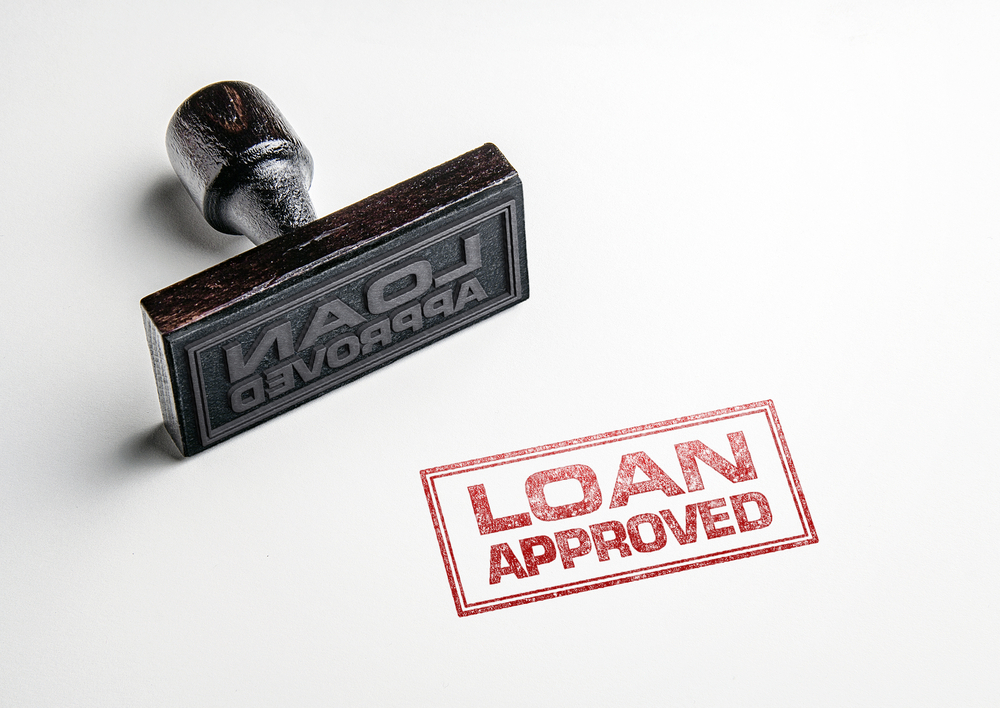There are many income-driven repayment plans available for student loans. With so many options, it can be difficult to decide which one is the best for your needs. This blog post breaks down some of the different benefits and drawbacks associated with each plan, and also includes a table that you can use to compare them side by side!
Income-driven repayment plans
I guess it should come as no surprise that repayment of student loans will be complicated. The good news is that several student loan repayment plans are available, and each plan can be tailored to your particular needs. You can, for example, have all your monthly payments made as a percentage of your income. This could be a real lifesaver if you’re making a large income, but are now the primary provider for your family. Another option is to pay your student loan off as quickly as possible, which may save you some money in the long run. You could also apply for forbearance, which will reduce your monthly payments temporarily. A fourth option is to make several smaller payments a month, which may be easier on your budget, but may not help your credit much.
What is an income-driven repayment plan?
First, let’s look at the basics: an income-driven repayment plan (IDR) is a type of repayment plan that can help you save money on your student loans, while at the same time giving you the opportunity to reduce your monthly payment. Under an IDR, your monthly payment will be based on your income and family size. In most cases, your payments will increase in proportion to your income. For example, if your income is $10,000 and your family size is 2,000, your monthly payments will be $156. To determine your monthly payment, you can use your discretionary income as an estimate, along with some general information about your household income. Generally speaking, you should never consider a monthly payment below $1,000 as “affordable.
Repayment plans by lender
Best for federal student loans Pay As You Earn (PAYE) The best option if you have federal student loans is Pay As You Earn (PAYE). PAYE’s purpose is to lower your monthly payments by calculating the percentage of your discretionary income that you spend on your loan payments and applying that percentage to your monthly payments. For instance, if you have a total loan payment of $750 per month and $250 of your income is used for your student loans, then PAYE will lower your monthly payment to $450 per month. The second number is your new discretionary income. The total monthly payment is then $750, and you have $250 discretionary income left over!
Repayment plans by length of repayment
The most common type of repayment plan is the standard 10 year repayment plan. This is also the most beneficial to borrowers since it lowers the average monthly payment by approximately 20%. But don’t limit yourself to the standard 10 year repayment plan. There are also some repayment plans that are available with a little less of a cost to you. The first one is the 7 year repayment plan, which drops the average monthly payment by 10%. The second is the 8 year repayment plan, which reduces the monthly payment by 12%. The following table shows the pros and cons of each of these plans! According to Student Loan Hero, the 8 year repayment plan was created to help borrowers who are better suited to a longer repayment period.
Repayment plans by monthly payment
Loan Payments Monthly Payments Monthly Payments 1st Repayment Loan Forgiveness (for Graduate Students) forgiveness 2nd Repayment Income-Based Repayment (IBR) Monthly Payment income-based repayment payment 3rd Repayment Monthly Payoff (for undergraduate students) interest-only payment 4th Repayment Modification payment 5th Repayment In Full After 25 years of payment 6th Repayment Reduction in Payment (for public servants) penalty reduction 7th Repayment Forgiveness after 25 years of payment Amounts in brackets represent the percentage of discretionary income made on monthly payments. Source: Education Department (2017). Federal Student Loan repayment options. https://www.ed.gov/colleges/studentloans/repayment-plans/repayment-plans-undergrad-graduate-colleges.
The best income-driven repayment plan
The best repayment plan to help you pay off your student loans is the Income-Sensitive Repayment (IDR) plan. IDR provides you with income-driven interest payments, and also lowers your monthly payments. Some of the benefits that IDR plans provide are: No plan deferral or forbearance You must make the initial loan payment (with your regular federal income-tax withholding) each month Higher monthly payments (except when refinancing your loans) Lower payments over the life of your loan (further reduces loan balances) Low monthly interest payments (unless you choose to pay at the full 10-year average, and interest rates are higher) Even if you’re not eligible for IDR, it is possible to have your monthly payments reduced.
Conclusion
Although some borrowers may never pay off their student loans entirely, there are steps you can take to help reduce your interest payments. If you’re interested in learning more about the details of these plans, then you’re in luck.





